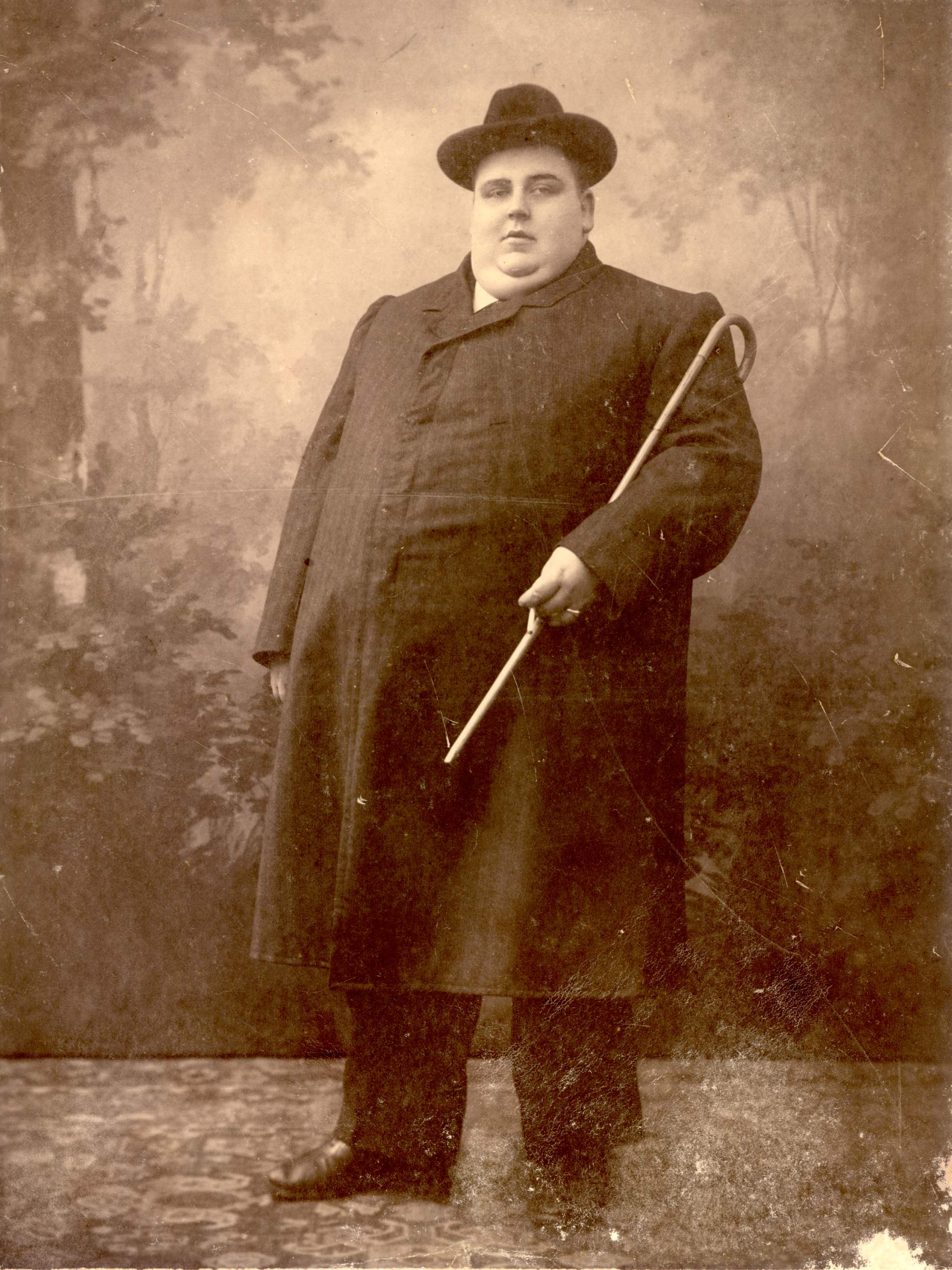From a really good FiveBooks interview with philosopher David Edmonds at the Browser, a succinct explanation of the thought experiment, the Trolley Problem:
“What is a trolley problem?
There are two basic trolley problems. The first problem, invented by a philosopher called Philippa Foot, is that a trolley is going to kill five people on the rails. The question is whether you should turn the trolley onto another set of tracks on a spur where there is just one person. So you can save five lives at the cost of one life. Almost everyone, when you ask them that question, says you should do that and kill the one person.
Another moral philosopher called Judith Jarvis Thomson came up with another trolley problem, the ‘fat man’ problem. The trolley is going along as before, and is going to kill five people. But this time you’re on a footbridge, and you can stop the train by pushing a fat man onto the tracks, who is so large that his bulk will stop the train and save the five lives. The question, again, is whether you should save five lives by sacrificing one. But 90% of people think it’s wrong to push the fat man.
Because it’s a more active way to kill the one man than in the first scenario?
That’s one possible psychological explanation. But there’s a third version of the trolley problem where instead of pushing the fat man, by turning a switch he will fall through a trapdoor, stop the train and save the five people. When you ask people that, most people still say you shouldn’t kill the fat man. More people are willing to turn the switch than push the fat man, but not dramatically more. The first trolley problem has been around since 1967, the fat man version appears in the 1980s, and nobody agrees exactly what the distinction is between them. It doesn’t look like it’s to do with the different actions.
The point of the trolley problem is to figure out what principle distinguishes those two variations – and, more importantly, what that tells us about real life cases.”
Tags: David Edmonds

